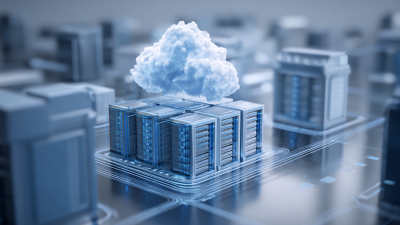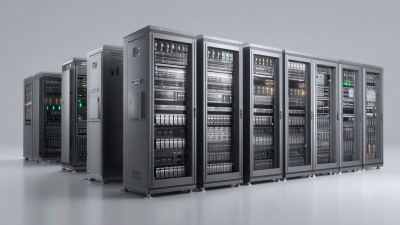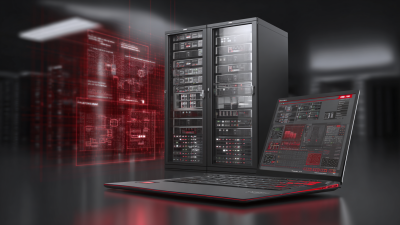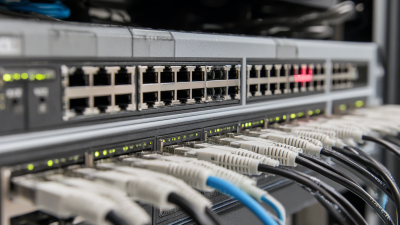Leave Your Message
In the rapidly evolving digital landscape, understanding the anatomy of a Server Center has become essential for businesses aiming to optimize their IT operations. As cloud computing continues to grow, with projections estimating that the global cloud market will reach $832.1 billion by 2025 (according to Gartner), the significance of well-structured Server Centers cannot be underestimated. These facilities house critical infrastructure components such as servers, storage systems, networking equipment, and power management solutions, all working cohesively to ensure seamless data processing and storage. A recent report from Data Center Frontier highlights that the demand for Server Centers is increasing, with a projected growth rate of 12% annually, driven by the surge in big data analytics, Internet of Things (IoT) applications, and the need for enhanced cybersecurity measures. This emphasizes the need for a detailed understanding of Server Center components and their roles in supporting modern business operations.

A server center, the backbone of modern digital infrastructure, is composed of several key structural elements, each playing a crucial role in ensuring efficient operations. At the heart of the server center are the server racks, which house the servers and provide optimal airflow and organization. These racks are designed to maximize space while ensuring that each server can function effectively without overheating. Additionally, the power supply units are essential, converting electrical power and distributing it efficiently to all components, thereby maintaining uninterrupted service.
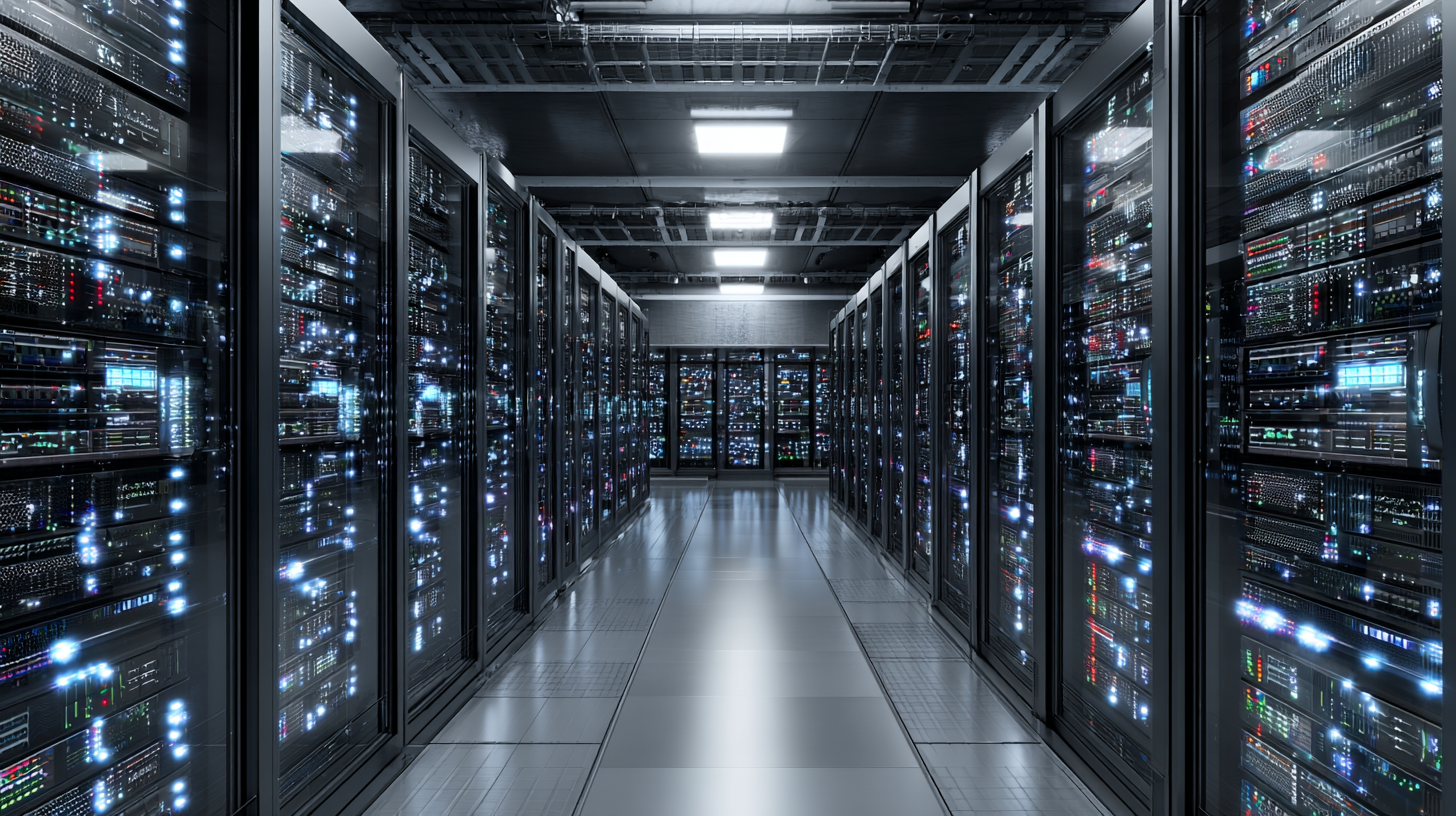
In tandem with the hardware are cooling systems, which regulate temperature and prevent overheating. These systems may include air conditioning units and specialized cooling technologies like liquid cooling. Monitoring systems play a critical role too, providing real-time data on performance and infrastructure health, allowing for swift troubleshooting and maintenance.
Tip: Regularly maintain cooling systems to prevent costly downtime and ensure longevity. Additionally, incorporating redundancy into power supply and network components can safeguard operations during unexpected failures, enhancing overall reliability.
When it comes to optimal server performance, understanding the essential hardware components is crucial. At the heart of any server center is the processor, or CPU, which executes instructions and processes data. A powerful CPU can significantly enhance server efficiency, allowing for faster access to applications and data retrieval. Moreover, servers often utilize multi-core processors to handle simultaneous tasks more effectively, which is vital in environments that require high availability and responsiveness.
In addition to the CPU, memory, or RAM, plays a pivotal role in server performance. Adequate RAM ensures that applications run smoothly and that there is enough temporary storage for data being actively processed. For applications that require quick data access, such as virtualization or large databases, having sufficient RAM can greatly impact overall performance. Furthermore, storage solutions, including solid-state drives (SSDs) and hard disk drives (HDDs), come into play. SSDs offer faster data read/write speeds, which can drastically reduce latency and improve application performance, making them a preferred choice in modern server configurations where speed is paramount.
In a server center, networking infrastructure serves as the backbone that connects the various components and ensures seamless communication between them. This infrastructure involves a combination of hardware and software designed to facilitate data transfer, enhance connectivity, and manage network traffic efficiently. As data centers evolve, the importance of advanced networking technologies such as high-speed fiber optics, robust routers, and intelligent network management systems cannot be overstated. These elements work together to enable distributed data centers to operate cohesively, supporting cloud services and critical applications.
Additionally, emerging trends underscore the significant role that secure networking plays in safeguarding data and systems. With threats from state and non-state actors targeting critical infrastructure, the establishment of a resilient networking framework has become essential. Organizations are now adopting advanced security measures, such as Zero Trust architectures, to protect their networks against evolving cyber threats. As the digital landscape continues to grow, understanding and investing in effective networking infrastructure will be crucial for the stability and security of server centers worldwide.
| Component | Role | Key Features | Importance |
|---|---|---|---|
| Servers | Process and store data | High performance, scalability | Critical for handling computing tasks |
| Networking Equipment | Connects servers and clients | Routers, switches, firewalls | Ensures data flow and security |
| Storage Systems | Stores data securely | RAID, SAN, NAS | Maintains data integrity and accessibility |
| Power Supply Units | Provides power to components | Redundant, high-efficiency units | Crucial for uptime and stability |
| Cooling Systems | Maintains optimal operating temperature | Air conditioning, liquid cooling | Prevent overheating, prolong equipment lifespan |
 Power and cooling systems are critical to the stability and efficiency of server centers, which are the backbone of modern digital infrastructure. According to the Uptime Institute’s 2023 Global Data Center Survey, 30% of data center outages are linked to power failures, underscoring the necessity of robust power systems. This includes uninterruptible power supplies (UPS) and backup generators that ensure continuous operation during outages or fluctuations in the power grid. In addition to reliability, energy efficiency is paramount, as data centers consume approximately 1-2% of the world’s total energy supply. Implementing advanced power management strategies can significantly reduce overall power draw and operational costs.
Power and cooling systems are critical to the stability and efficiency of server centers, which are the backbone of modern digital infrastructure. According to the Uptime Institute’s 2023 Global Data Center Survey, 30% of data center outages are linked to power failures, underscoring the necessity of robust power systems. This includes uninterruptible power supplies (UPS) and backup generators that ensure continuous operation during outages or fluctuations in the power grid. In addition to reliability, energy efficiency is paramount, as data centers consume approximately 1-2% of the world’s total energy supply. Implementing advanced power management strategies can significantly reduce overall power draw and operational costs.
Cooling systems also play a vital role in maintaining optimal performance. With server densities continually increasing, cooling efficiency must evolve accordingly. The American Society of Heating, Refrigerating and Air-Conditioning Engineers (ASHRAE) recommends temperature settings between 18-27°C (64-80°F) for optimal server operation. Innovative cooling techniques, such as liquid cooling and hot aisle/cold aisle containment, can enhance thermal management significantly. In fact, a study by the International Data Corporation (IDC) suggests that adopting advanced cooling systems can reduce energy consumption by up to 30%, ensuring that server centers operate at peak efficiency while minimizing their carbon footprint.
In the realm of server centers, implementing robust security measures is paramount to safeguarding data integrity and ensuring uninterrupted service. According to a report by Cybersecurity Ventures, global spending on cybersecurity is projected to exceed $1 trillion from 2017 to 2021, underscoring the industry's recognition of cybersecurity as a critical component of IT infrastructure. A well-secured server center employs multi-layered security protocols, including firewalls, intrusion detection systems, and end-to-end encryption, which serve to protect sensitive information from unauthorized access and potential breaches.
Moreover, the importance of physical security cannot be overstated. A survey by the Ponemon Institute indicates that 54% of companies reported data breaches due to physical security incidents. Thus, server centers must incorporate measures such as biometric access controls, surveillance systems, and environmental controls to guard against threats. The convergence of these technical and physical security strategies plays a vital role in maintaining not only data integrity but also the overall trustworthiness of the server environment, ultimately contributing to higher service reliability and customer confidence.

